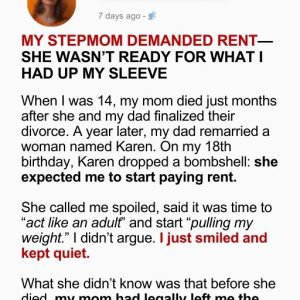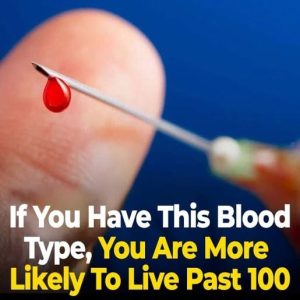Shingles, or herpes zoster, is caused by the varicella-zoster virus — the same one behind chickenpox. After recovery from chickenpox, the virus can “stay dormant in nerve tissue” and reactivate years later. It mainly affects older adults or those with weakened immune systems and, while not usually life-threatening, can cause “severe pain and long-term nerve damage if not treated early.”
The infection usually begins with tingling or burning sensations before a rash appears on one side of the body, often on the torso, face, or chest. Within days, “fluid-filled blisters crust over and heal in a few weeks,” though some may continue to experience nerve pain, known as postherpetic neuralgia.
Shingles isn’t highly contagious but can spread to people who haven’t had chickenpox through “direct contact with fluid from blisters.” Other symptoms include skin sensitivity, mild fever, and fatigue.
Treatment works best within 72 hours of the first symptoms. Doctors often prescribe antivirals like acyclovir or valacyclovir, along with pain relief and soothing topical care.
Prevention is key — “a shingles vaccine is recommended for adults over 50” to lower the risk and reduce symptom severity. Prompt medical attention can lead to faster, more comfortable recovery.





